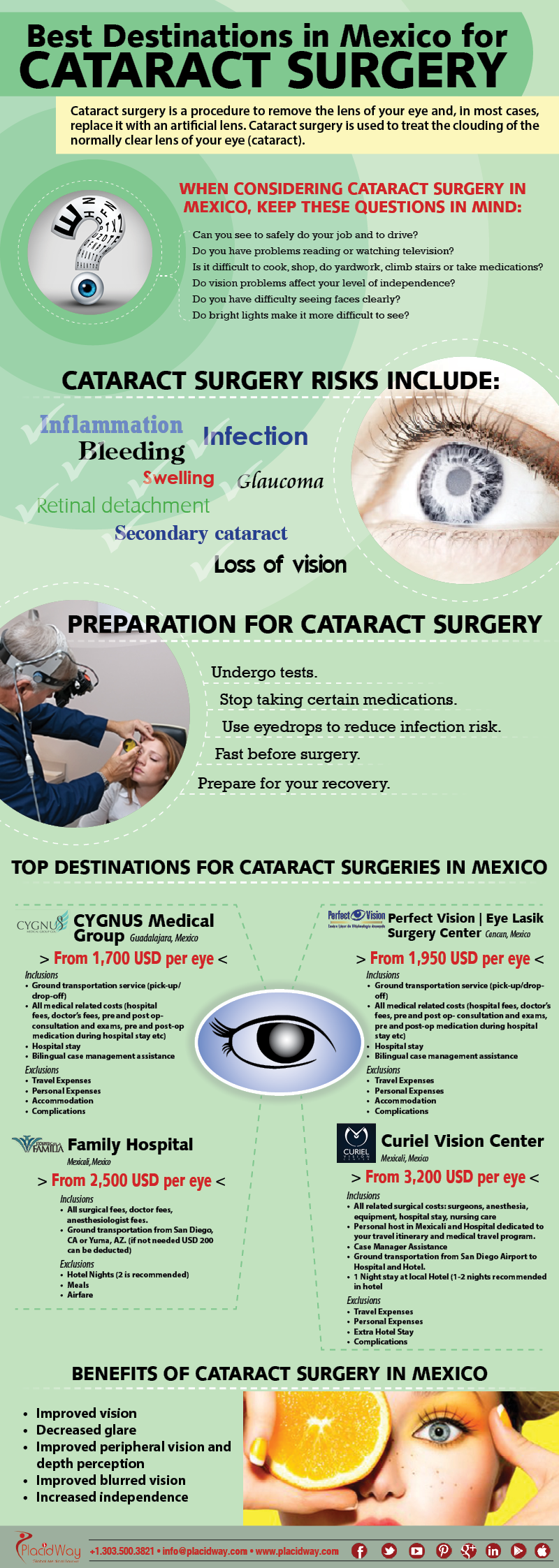What Are The Distinctions And Resemblances In Between SMILE Eye Surgery, LASIK, And PRK?
What Are The Distinctions And Resemblances In Between SMILE Eye Surgery, LASIK, And PRK?
Blog Article
Web Content Written By-Fischer Wilder
If you've been considering SMILE eye surgical treatment, you might wonder exactly how it stacks up against LASIK and PRK. Each treatment has its own set of advantages and considerations. From quicker healing times to possible dangers, there are vital differences you need to recognize prior to deciding. Recognizing these differences will certainly assist you make an enlightened option that straightens with your details requirements and expectations. Interested to understand even more about how these procedures compare carefully? Continue checking out to gain an extensive understanding of SMILE, LASIK, and PRK.
SMILE Eye Surgical Procedure Overview
If you're considering SMILE eye surgery, you'll locate it to be a minimally invasive procedure with a quick healing time. During SMILE (Little Cut Lenticule Extraction), a laser is made use of to develop a tiny, specific incision in the cornea to remove a tiny piece of tissue, improving it to remedy your vision. This varies from LASIK, where a flap is created, and PRK, where the outer layer of the cornea is totally eliminated.
One of the essential benefits of SMILE is its minimally invasive nature, resulting in a faster healing process and much less pain post-surgery. The recovery time for SMILE is fairly quick, with lots of patients experiencing boosted vision within a day or 2. This makes it a prominent selection for those seeking a practical and effective vision modification treatment. In addition, SMILE has actually been shown to have a reduced risk of dry eye syndrome contrasted to LASIK, making it a desirable option for individuals worried regarding this prospective negative effects.
Differences Between SMILE, LASIK, and PRK
When comparing SMILE, LASIK, and PRK eye surgical procedures, it is necessary to understand the unique techniques used in each procedure for vision correction.
SMILE (Tiny Incision Lenticule Extraction) is a minimally invasive procedure that includes developing a little cut to draw out a lenticule from the cornea, improving it to deal with vision.
LASIK (Laser-Assisted Sitting Keratomileusis) entails creating a thin flap on the cornea, utilizing a laser to reshape the underlying tissue, and after that rearranging the flap.
informative post (Photorefractive Keratectomy) removes the outer layer of the cornea before improving the tissue with a laser.
The primary distinction hinges on the method the cornea is accessed and treated. SMILE is flapless, making it a great option for people with slim corneas or those associated with contact sporting activities. https://lasiksurgery95172.get-blogging.com/27037829/the-shift-to-grin-from-glasses-and-contacts-supplies-greater-than-comfort-discover-the-impactful-factors-driving-this-change offers quick aesthetic recuperation as a result of the flap development, but it may pose a greater threat of flap-related complications. PRK, although having a much longer recovery duration, stays clear of flap-related problems altogether.
Understanding these variances is important in choosing one of the most appropriate treatment for your vision correction needs.
Advantages And Disadvantages Contrast
To evaluate the advantages and drawbacks of SMILE, LASIK, and PRK eye surgical procedures, it's important to consider the particular benefits and possible restrictions of each procedure. SMILE surgery uses the advantage of a minimally intrusive procedure, with a smaller laceration and possibly quicker recovery time contrasted to LASIK and PRK. It additionally lowers the danger of dry eye post-surgery, a common negative effects of LASIK. Nonetheless, SMILE might have limitations in treating higher degrees of nearsightedness or astigmatism compared to LASIK.
LASIK surgery supplies fast aesthetic healing and marginal discomfort throughout the treatment. It's extremely efficient in treating a vast array of refractive mistakes, including myopia, hyperopia, and astigmatism. Yet, LASIK carries a threat of flap complications, which can influence the corneal structure.
PRK eye surgery, while not as preferred as LASIK, stays clear of producing a corneal flap, lowering the risk of flap-related difficulties. It's suitable for clients with slim corneas or uneven corneal surfaces. Nevertheless, PRK has a longer recuperation time and may involve more pain during the healing process.
Conclusion
So, when it pertains to choosing in between SMILE, LASIK, and PRK, think about it like picking the perfect set of shoes. SMILE is like a sleek, comfortable pair of sneakers - quick and easy.
LASIK is more like trendy high heels - showy and quickly, but with some prospective threats.
PRK is like durable treking boots - dependable and resilient, yet needing a bit more effort and time.
Eventually, the best option relies on your individual requirements and preferences.
